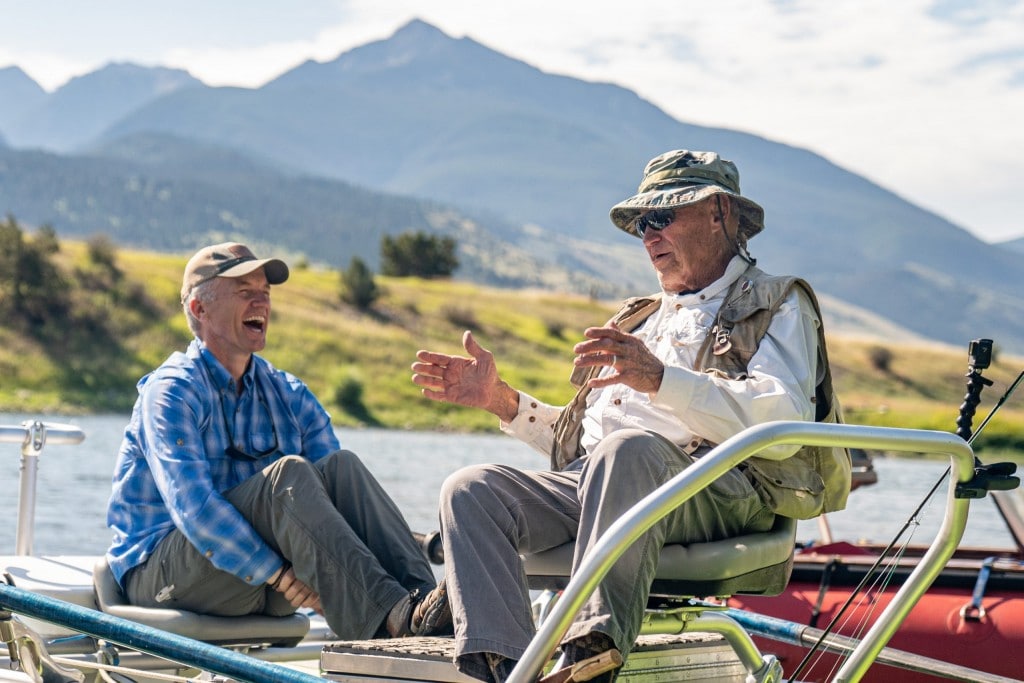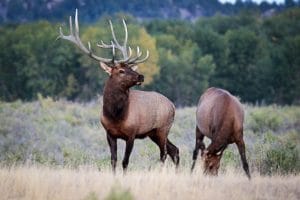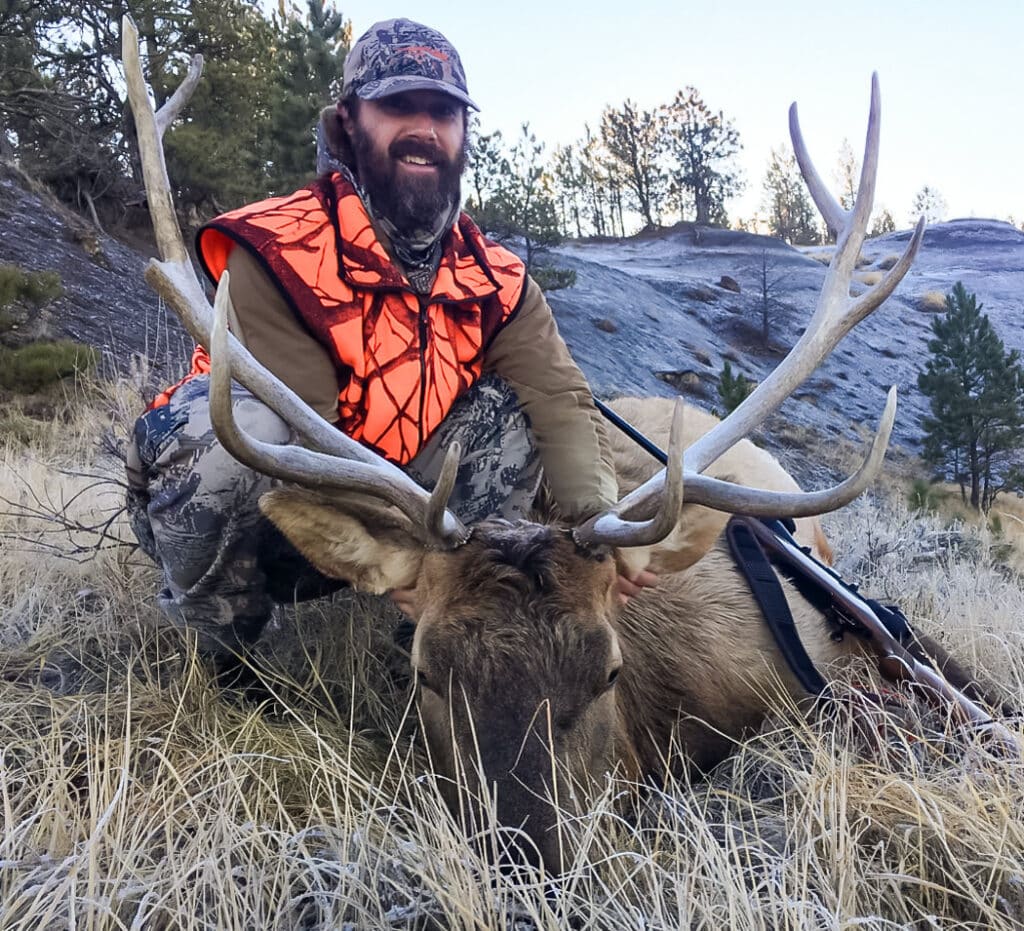Today the Bureau of Land Management announced it had finalized the Lewistown Resource Management Plan (RMP) that will prioritize oil and gas speculation over all other uses and threaten wildlife habitat, outdoor recreation, and sporting traditions in Montana. The Lewistown plan encompasses 651,200 surface acres and 1.2 million acres of subsurface acres. The new plan, which will govern how the land will be managed for the next 20 years, would allow oil and gas leasing on 95% of the Lewistown area, which contains some of the finest hunting grounds in the world.
“The Bureau of Land Management has reversed years of collaborative, on-the-ground work by conservationists, ranchers, hunters, anglers, and community leaders to protect important wildlife habitat and world-class hunting areas in the Lewistown area,” said Alec Underwood, federal conservation campaigns director at the Montana Wildlife Federation. “Today’s decision shows that this administration has chosen to ignore the concerns of public land users and the protections necessary to ensure the health and vitality of these lands for generations to come. Instead, the administration has left the vast majority of these lands open to speculative oil and gas leasing.”
“This is another example of why William Perry Pendley is unfit to lead the agency that manages more than 245 million acres of public land. Pendley, who has long believed that public lands should be sold off, has rejected what Montanans have asked for and is now advocating to hand them over to oil and gas companies at below-market prices,” said Tracy Stone-Manning, associate vice president for public lands at the National Wildlife Federation. “These are lands that belong to all Americans. It is not balanced use to prioritize 95% of these lands for oil and gas interests.”
For years, the Montana Wildlife Federation has worked with numerous stakeholders in Montana to draft Lewistown management plans, which would protect habitat for elk, deer, pronghorn and other wildlife and would maintain the world-renowned big game hunting which supports local communities across the region. In 2015, hunting for elk alone generated more than $3.8 million dollars in consumer spending which benefited the local economy.
Today’s press release from the Bureau of Land Management also announced it had also finalized the Missoula Resource Management Plan. That plan increases grazing and timber harvest and strips protections for areas of critical environmental concern.



